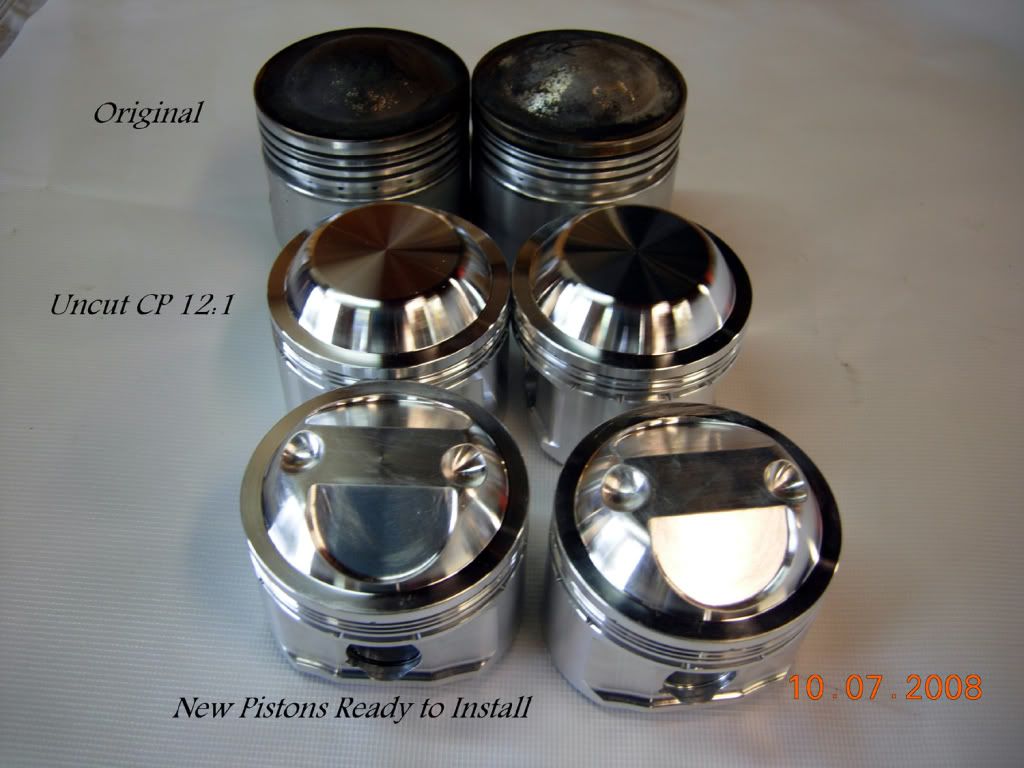Yo Bretheren and Sisteren,
I am looking for a source for copper head gaskets. Racing a '73 V7 Sport. Tired of puttin brand new gaskets in each time I R&R the heads.
I'd like to get .040" and .035".
Any experiences anyone would like to share?
Tanks,
Tonerjockey
I am looking for a source for copper head gaskets. Racing a '73 V7 Sport. Tired of puttin brand new gaskets in each time I R&R the heads.
I'd like to get .040" and .035".
Any experiences anyone would like to share?
Tanks,
Tonerjockey


